Although in 2011, the Commonwealth Budget papers compiled all the measures that were being implemented to foster renewable energy, that assembly ceased, presumably, because it was recognised as being antipathetic to the notion that wind and solar were cheaper than the fossil fuels that they were destined to supplant.
The myth of human-induced global warming has always been a mixture of scientific chicanery and businesses, seeking to leverage a competitive advantage over their rivals.
For scientists – at least those in the public sector – global warming provided the opportunity to be listened to by politicians and the public, to attend international gatherings, and be shown the respect they felt was previously lacking.
For businesses, the possibility of subsidies and imposts on rival suppliers was irresistible. Indeed, the nuclear industry was among the early proponents of the greenhouse myth, seeing it as an opportunity to ride renewable energy’s coattails and gain regulatory advantages over its fossil fuel competitors.
But the main commercial impetus came from the renewable industry, which was confident that the declining costs of the energy produced from wind farms and solar systems would fall over time, and eventually be cheaper than energy derived from coal and gas. All that was needed was a bit of a nudge from the government to get the technology over the edge.
That competitive price parity never came about. Agencies like CSIRO produce data, which indicates wind might be as cheap as coal. However, this can only be so if others build the transmission lines to get that wind power into the market, provide the balancing mechanisms within the electricity system to allow it to avoid disrupting the entire network, and, above all, supply the means by which it could be ‘firmed up’ by energy supplies not dependent on the wind and sun.
These costs rise exponentially with the forced increased penetration of renewables. A full renewable system is unfeasible at any cost.
The Australian Energy Market Operator, long supportive of the Net Zero agenda, is now alarmed by it and is calling for subsidies for transmission, subsidies that would increase the cost of the network from its current $23 billion to $100 billion. Similarly, to shore up supply the Victorian government is taking steps to subsidise coal generation that is becoming insolvent as a result of the subsidies to wind/solar that it supports.
An early estimate of the direct costs imposed by regulations and by budgetary support to renewables was a 2014 submission from the IPA to the 2014 Warburton review. This projected the annual costs by 2020 at $6-7 billion. The assessment was refined for the Australian Environment Foundation’s (AEF) response to the 2017 Finkel Review.
In his 2017 report, Finkel claimed that the transition to wind and solar PV ‘is reflected in a fall in their costs’ – even though wholesale prices doubled that year. The AEF compiled the support costs for 2016 at $4.9 billion.
The costs were updated to $6.9 billion for 2019, in a report commissioned by Senator Malcolm Roberts; that estimate was also published in Chapter 22 of Pinto et al Local Electricity Markets, Elsevier 2021.
Updated for price and budget changes, annual current renewable program costs are now over $10 billion, comprising:
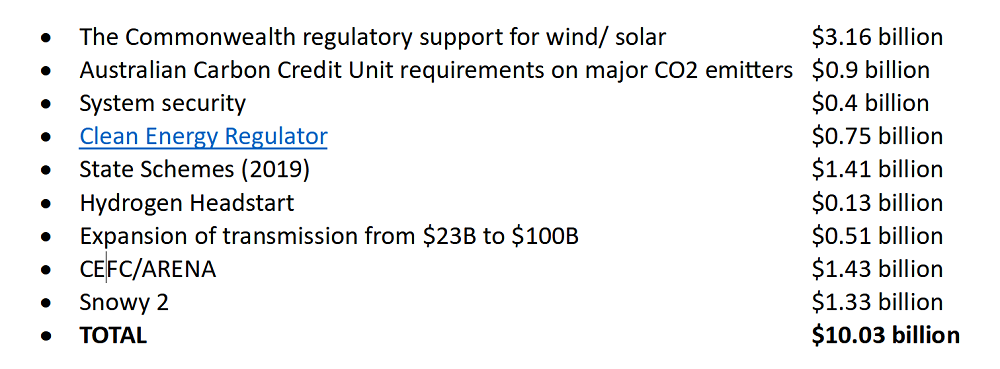
Initially greeted with hostility by vested interests, who recognised such analysis as a threat to their ongoing subsidies, recent reaction has been subdued. The methodology is followed by the Productivity Commission in its latest Trade and Assistance Review, though the Commission declines to put an aggregate value on the subsidies.
This cost is imposed at various points of the economy: on taxpayers and on electricity consumers but the major impact is upon the generation component – overwhelmingly on coal that formerly comprised 85 per cent of supply (and now comprises 63 per cent). Before the policies started to bite, national electricity generation cost less than $11 billion a year or about $40 per Megawatt hour. Contrary to ministerial statements, the coal supplying this remains both abundant and largely non-tradeable, while plant costs are fundamentally unchanged. Hence without government interference, coal-based generation supply would be less than half the $100 plus we pay today and to deliver it to customers, we could dispense with many of the additional system, subsidy, and transmission costs that we are incurring.
How have the costs and implications of policies designed to replace low-cost, controllable coal-generated electricity by high-cost intermittent wind and solar taken so long to be recognised and even now are officially judged to be affordable? More than anything else reversion to policies that provide cheap energy could drive the cost reductions and productivity increases are vital for increased wages. But while both the Business Council and Treasury, in its Intergenerational Report claim to understand this, their prescriptions involve subsidising energy sources (renewables, green hydrogen) that will raise costs.
Got something to add? Join the discussion and comment below.
Get 10 issues for just $10
Subscribe to The Spectator Australia today for the next 10 magazine issues, plus full online access, for just $10.

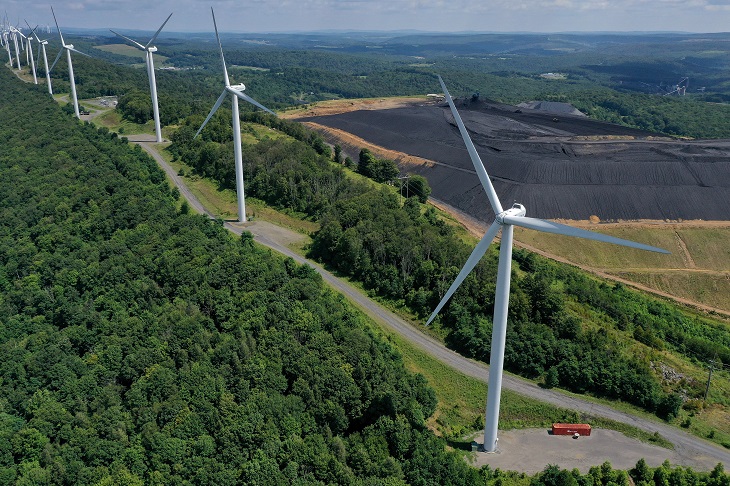
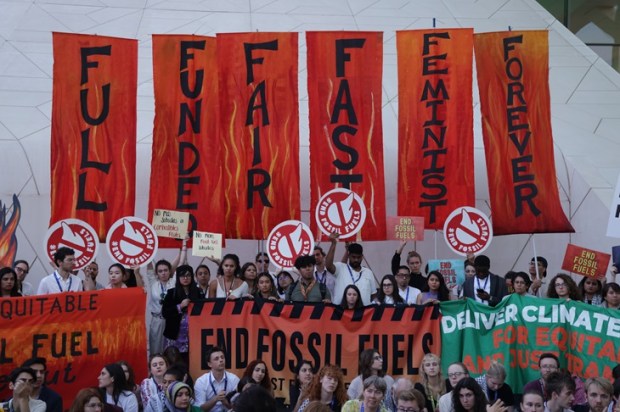
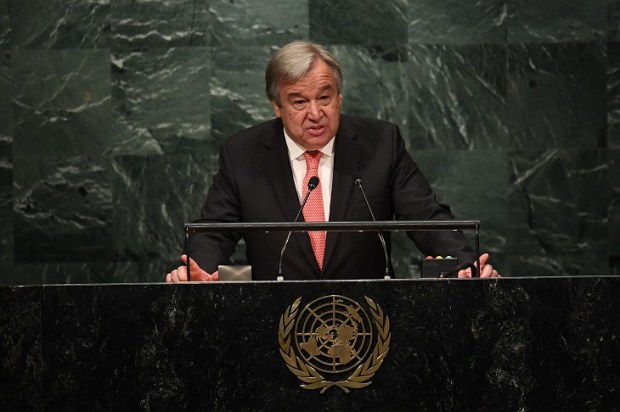
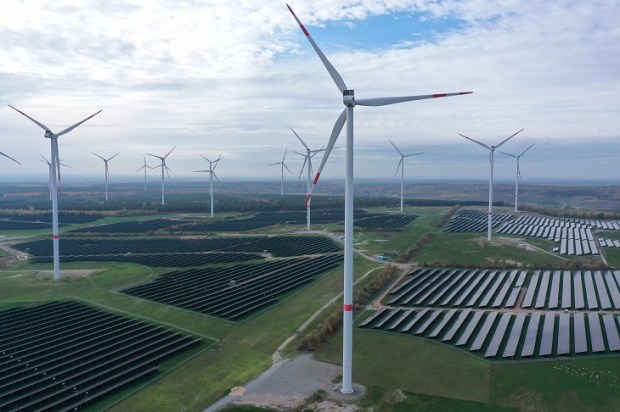





















Comments
Don't miss out
Join the conversation with other Spectator Australia readers. Subscribe to leave a comment.
SUBSCRIBEAlready a subscriber? Log in